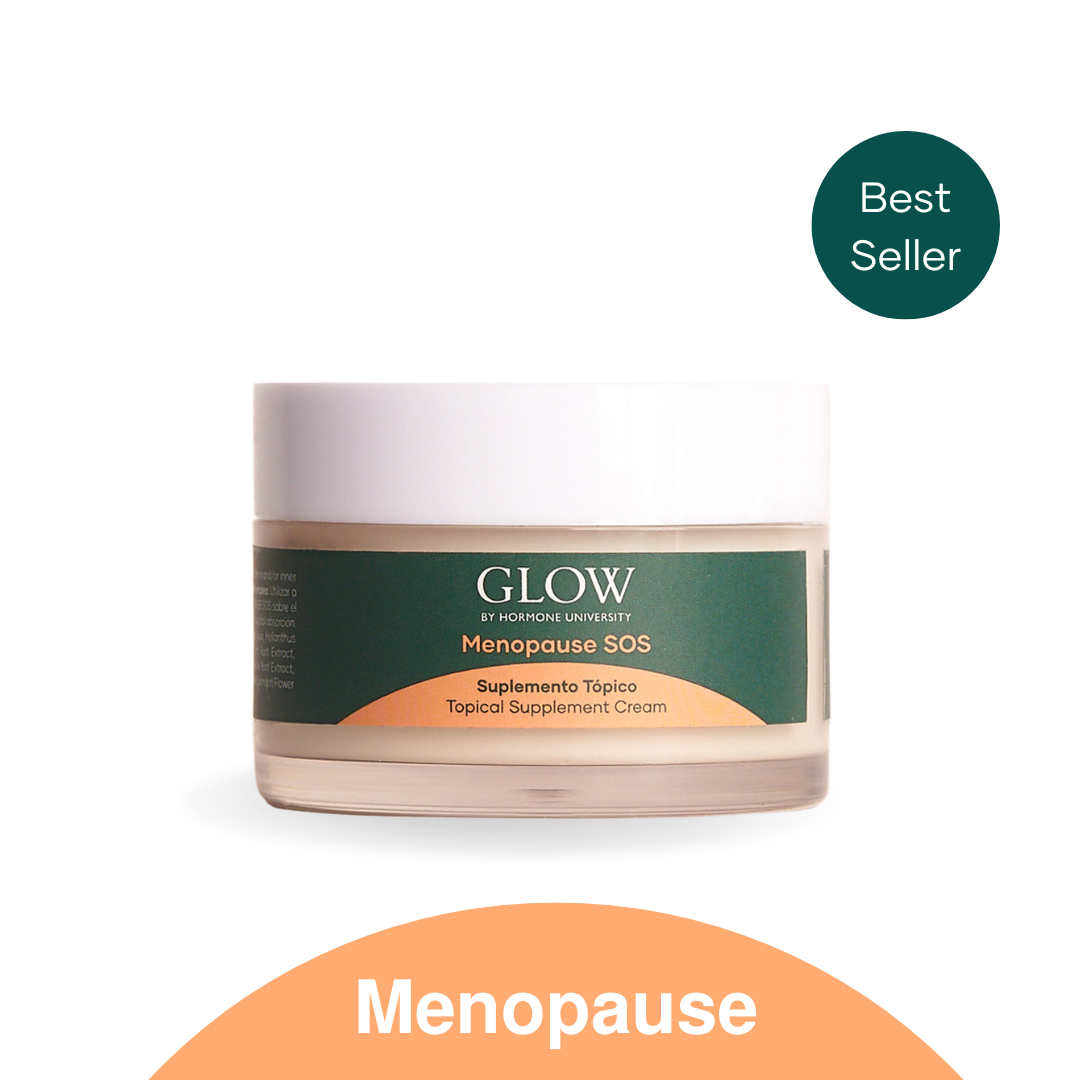Discover the powerful benefits of wild yam, a natural remedy packed with diosgenin, a plant compound known for its potential to support hormonal balance, menopause symptoms, and overall well-being. Used for centuries in holistic medicine, wild yam root is gaining popularity as a go-to ingredient for natural hormone support, inflammation reduction, and skin health. Whether you're looking for a plant-based way to ease PMS symptoms, ease menopause symptoms, or enhance overall health, this nutrient-rich root might be the solution you've been searching for!
What is Wild Yam?
Wild yam (Dioscorea villosa) is a bitter-tasting vine plant belonging to the tuber family. It grows mainly in swamps, thickets, and moist woods. It has a long history in alternative medicine, known for its benefits in hormonal health and overall well-being.
Rich in diosgenin, a potent steroidal compound that can influence the production of several useful hormones in humans, such as estrogen or dehydroepiandrosterone (DHEA). Wild yam has been used for centuries as a natural alternative to hormonal therapy. Its growing popularity highlights a renewed interest in holistic and plant-based wellness solutions.
What Are Wild Yam’s Benefits and Uses?
Wild yam is prized for its powerful health benefits, particularly in hormonal balance and women's wellness. It’s commonly used to relieve menopause symptoms, ease menstrual discomfort, support fertility, and reduce inflammation. Below, we explore some of the key hormone-related benefits of incorporating wild yam root into your routine.
Menopause symptoms
Applying wild yam cream to your skin daily is often used as a natural alternative to estrogen replacement therapy for managing menopause symptoms. Diosgenin, a key compound in wild yam, interacts with estrogen receptors in the hypothalamus, helping to regulate symptoms such as vaginal dryness, low libido, and hot flashes
Rheumatoid arthritis
Wild yam may offer potential benefits for rheumatoid arthritis (RA) due to its anti-inflammatory, pain-relieving, and antioxidant properties. Diogesin, a compound found in wild yam, has natural anti-inflammatory effects that support improved mobility, while its antioxidant properties help protect joint tissues from oxidative stress, which contributes to RA progression.
Blood sugar regulation
Wild yam contains a compound called dioscoretine, which is believed to improve insulin sensitivity and help stabilize blood glucose levels. The potential of dioscoretine to regulate blood sugar, combined with the anti-inflammatory and antioxidant properties of wild yam, makes it an excellent natural option for supporting blood sugar management
Cramps and muscular pain
Another characteristic wild yam is known for is its antispasmodic properties, which can help alleviate muscle spasms and cramps, such as those experienced due to PMS symptoms. The compounds in wild yam have a calming effect on the muscles, helping to reduce involuntary contractions and tension
Fertility
Known for its natural phytoestrogens, wild yam supports fertility by mimicking the effects of estrogen in the body. The active compounds in this herbal extract help soothe the lining of the reproductive tract and improve ovarian function, thereby enhancing the chances of conception
Osteoporosis
Low bone mass (osteoporosis) is a hallmark sign of menopause. Osteoporosis is caused by a drop in estrogen. If you are affected by this condition, you can alleviate the discomfort by consuming healthy doses of wild yam roots. Low bone mass can be slowed down by using products that contain diosgenin.
Hormone-related cancers
Wild yam extract has shown potential in targeting hormone-related cancers, such as breast cancer, by enhancing the activity of progesterone receptors in cancer cells. Under the guidance of your doctor, it may be incorporated into an anticancer treatment regimen. Additionally, this botanical may offer benefits as a preventive measure against cancer.
How to Take Wild Yam
Although wild yam can be taken in various forms, including capsules, teas, and creams, it is typically not consumed due to its bitter taste. However, applying it as a cream to the body may be the most effective method, and here is why:
When used topically, a wild yam cream such as Period SOS or Menopause SOS—depending on your age stage—allows for direct absorption through the skin, delivering its active compounds, directly into the bloodstream. Applying the cream to areas like the abdomen, inner thighs, or wrists ensures the active ingredients are absorbed where they are needed most, providing targeted relief and avoiding potential digestive side effects
Safety and Side Effects
The possible side effects of wild yam are minimal, but some people may experience symptoms such as vomiting, nausea, and diarrhea, especially when consuming large doses of supplements containing this herbal extract.
While wild yam root is generally considered safe to consume, it’s important to note that it may interact with certain medications, particularly hormone replacement therapy and birth control pills. As with any supplement or herbal remedy, it’s essential to consult with a healthcare professional before using wild yam root for fertility or any other purpose.
It is advisable to consult your doctor before starting wild yam root in any form, especially if you’re pregnant or lactating
Final Thoughts
Wild yam has long been valued for its potential health benefits, particularly in supporting hormonal balance, relieving menopause and PMS symptoms, and promoting overall well-being. Whether used as a topical cream or supplement, its natural compounds, such as diosgenin, make it a promising addition to holistic wellness routines. While generally safe, it’s essential to use wild yam with awareness of possible interactions and side effects, especially if you’re pregnant, lactating, or taking hormone-related medications. Always consult a healthcare professional to ensure it aligns with your individual needs.














